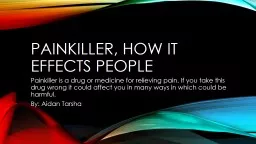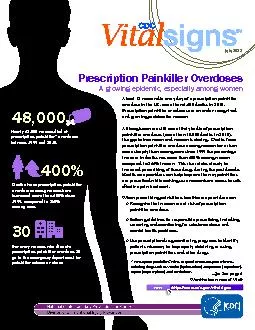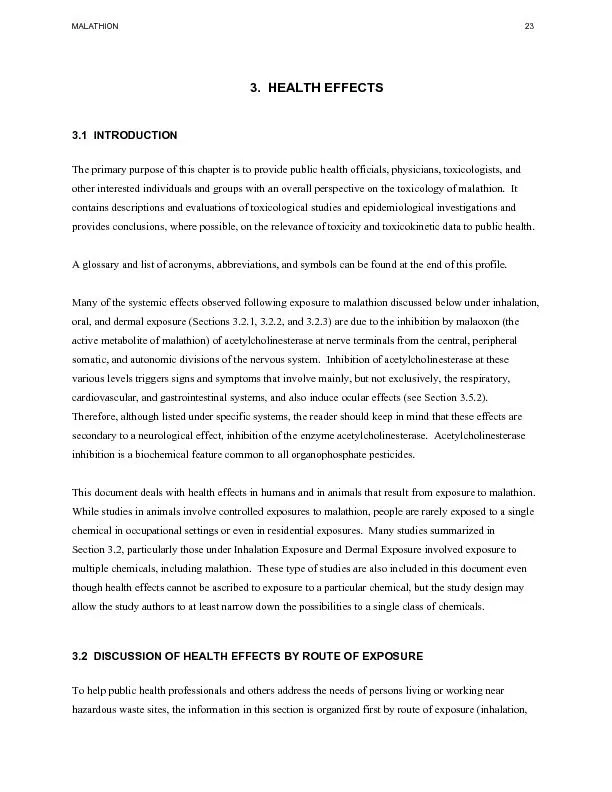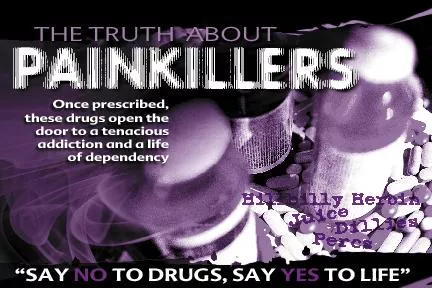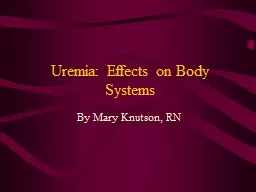PPT-Painkiller, How it Effects People
Author : lindy-dunigan | Published Date : 2018-02-18
Painkiller is a drug or medicine for relieving pain If you take this drug wrong it could affect you in many ways in which could be harmful By Aidan Tarsha LongTerm
Presentation Embed Code
Download Presentation
Download Presentation The PPT/PDF document "Painkiller, How it Effects People" is the property of its rightful owner. Permission is granted to download and print the materials on this website for personal, non-commercial use only, and to display it on your personal computer provided you do not modify the materials and that you retain all copyright notices contained in the materials. By downloading content from our website, you accept the terms of this agreement.
Painkiller, How it Effects People: Transcript
Download Rules Of Document
"Painkiller, How it Effects People"The content belongs to its owner. You may download and print it for personal use, without modification, and keep all copyright notices. By downloading, you agree to these terms.
Related Documents

